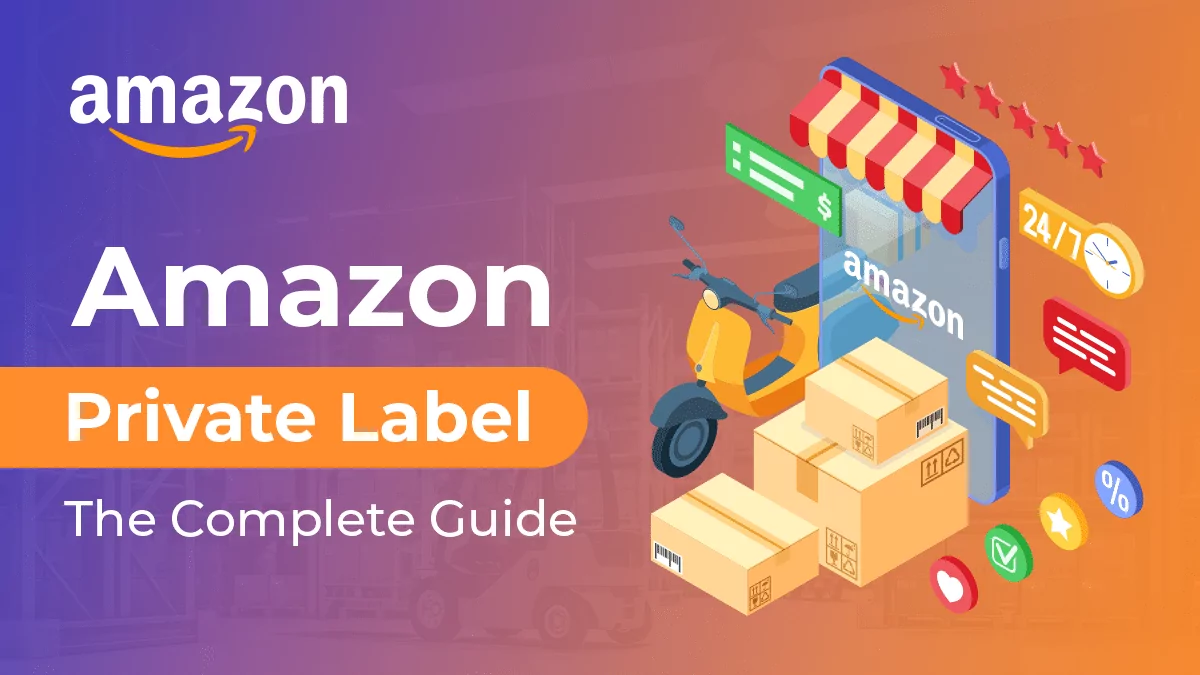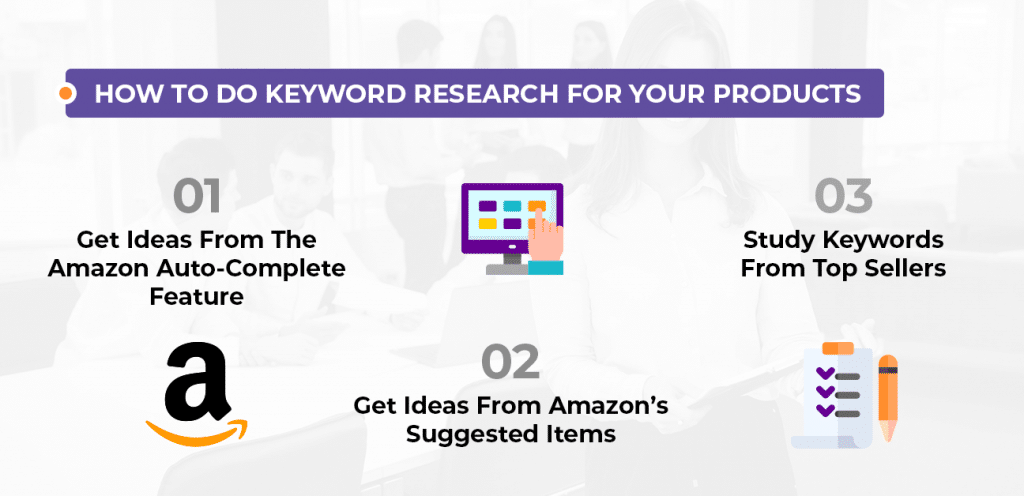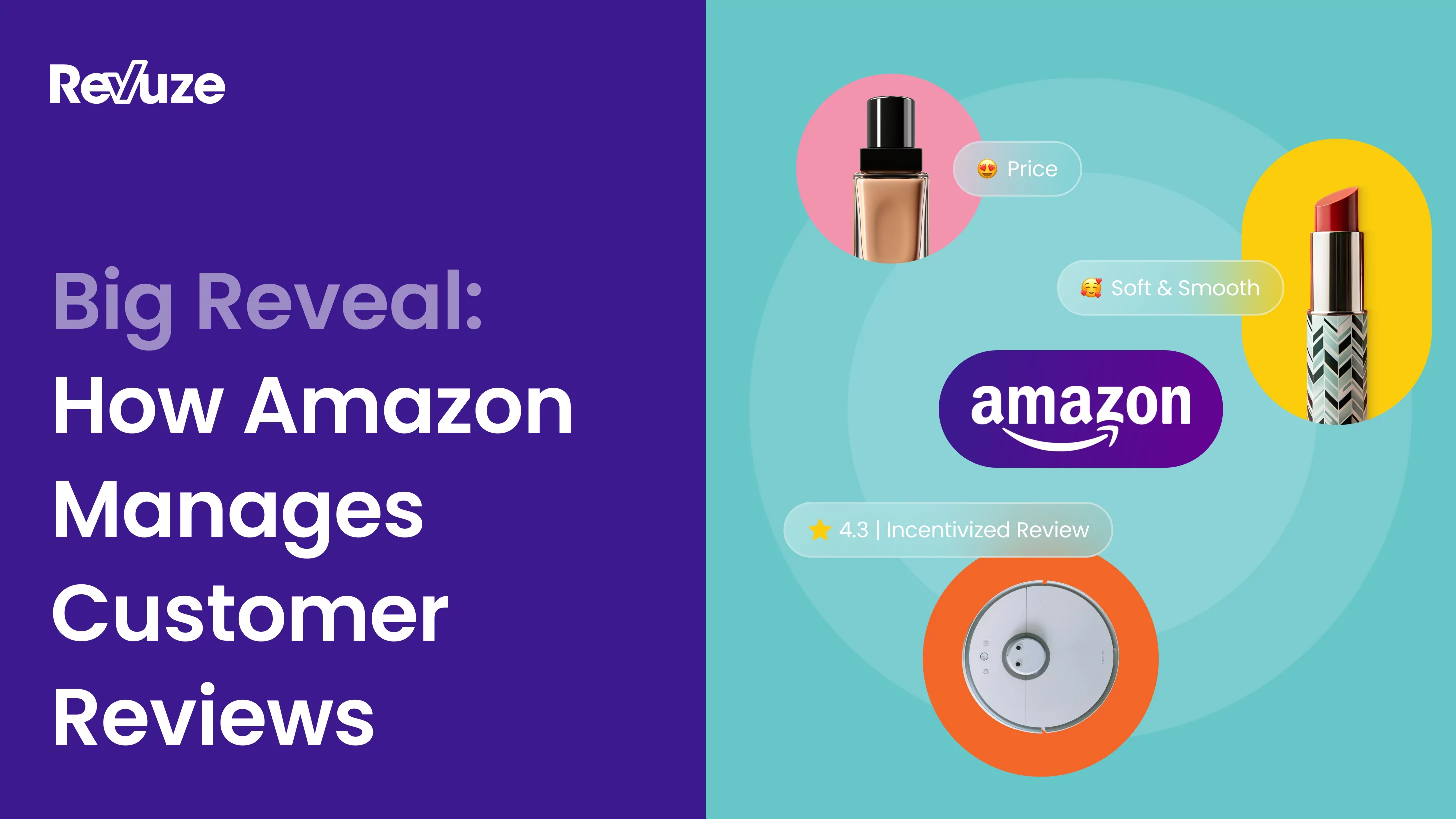
You want to be a seller on Amazon, but you don’t have the resources to build your own products. At the same time, you still want to build a successful brand using the platform. In such situations, selling Amazon private label products can be the perfect solution. That’s not to say that launching a private label product on Amazon doesn’t come with its own challenges. You will have to conduct product launch research in order to decide what products you are going to sell and how will you beat your competitors.
In this post, you get to find out how you can overcome those challenges and have a strong start when launching an Amazon private label product. Let’s get started.
What is Amazon’s private label?
Amazon private labeling is the process of selling products manufactured by someone else under your own brand name. In other words, you get products from a manufacturer and use your packaging and branding to sell it on Amazon.
A lot of sellers go for this option instead of making their own products because it’s one of the easiest ways to build a thriving brand. They get to maximize their income without investing too much time and resources into manufacturing their own product.
While there may be claims of Amazon private labeling losing its shine, a Nielsen study found otherwise. According to the study, private label products see a continued growth in share across global markets.
It helps that consumers have a favorable perception towards private label products, with 70% of global consumers seeing them as a way to save money. And 67% of global consumers even consider private labels as extremely good value for money.
How To Find And Sell Private Label Products
Of course, before you launch a privately-labeled product on Amazon, you need to decide on what product to sell. This is one of the most critical steps and takes up a huge portion of your planning. Below, you can find some of the most essential steps to find and sell Amazon private label products:
1: Brainstorm Product Ideas
First, come up with a few ideas for the kind of products you can sell. Are there any hot trends on social media lately? What’s everyone talking about these days and can you private label it? Perhaps you’ve noticed marble-patterned products in a handful of influencer posts on Instagram and you think that this is quickly going to catch on. So you might want to consider private-labeling marble-patterned phone cases, for example.
2: Narrow Down On The Specifics
Next, reassess how viable your ideas are by narrowing down on the specifics. Amazon private labeling works best when you choose products that are easy and cost-effective to sell. So ideally, you should start with products with the following qualities:
- It’s easy to ship – Small and lightweight products are easier to ship and will cost you less in shipping.
- It’s unregulated – Selling products that don’t come with a lot of regulations will minimize the need for paperwork and certifications, which means less effort for you.
- It’s not seasonal – Stick with products that you can sell all year round instead of during a specific occasion or season only.
- It’s not complicated – It shouldn’t come with a lot of complications such as requiring extensive sorting, carrying multiple variations of the same SKU, complicated after-sales service, etc.
For example, products like dog beds will perfectly fit all these characteristics.
3: Research The Market
Once you’ve gotten a fair idea of what products you want to sell on Amazon, the next thing to do is research the market for a realistic understanding of your growth potential. You’ll need to look at sellers who have a similar listing and find out things like:
- How much they’re selling the product for. This will help you figure out on a competitive price tag for your own listing.
- What kind of feedback and reviews they’re getting. Analyzing competitor reviews will give you an idea of what’s working for them and what challenges they fail to meet.
- Their listing quality. Find out what keywords they’re using, what they’re doing wrong, what they could do better, and more so you can utilize these insights for your own listing. You’ll stand a great chance of success if most of the competing sellers have a low listing quality.
For example, the following product description for a crockinole board doesn’t have a lot of useful information about the product. It just has two sentences with minimal keyword use. If you go through other listings and find that most of them have the same quality, this would be an excellent opportunity for you.
4: Find A Good Supplier Or Manufacturer
After finalizing on the kind of products you want to sell on Amazon, the next step is to find a supplier or manufacturer to work with. With reliable platforms like Alibaba, you can easily find vetted and verified suppliers who offer products for private labeling.
Find a few suppliers for the kind of product you want to sell and order samples from them. Ideally, check with at least three different suppliers for comparison. The response rates and supplier ratings on the platform will help you narrow down on the most reliable suppliers to consider.
In addition to supplying high-quality products, the supplier should offer the best quote, have a few years of experience, be reputable, and have trade insurance. Pay close attention to how they respond to you and what kind of shipping and delivery experience they provide. This will help you figure out whether or not you’ll enjoy working with them in the long run.
5: Decide On a Fulfillment Strategy
Choosing a product type and deciding on a supplier are only the first steps to launching an Amazon private label product. You also have to think about how you’re going to get the products to your customers. This is another challenging aspect of the process because you have plenty of options to choose from.
Some sellers use their garage to store inventory and fulfill orders, while others may rent their own warehouse. A lot of sellers also work with third-party fulfillment centers so there’s minimal hassle. But this poses a risk of its own as you can’t always guarantee quality customer service if you work with a third-party.
One of the best options is to take advantage of Fulfilled by Amazon (FBA) – the internal fulfillment service from Amazon. By using this service, you can leave it to Amazon to store, pack, and ship goods on your behalf. So you have a better chance of delivering quality service and excellent customer experience.
They even handle customer support and returns, which minimizes the headache of dealing with unsatisfied customers to a significant extent. You just need to deliver your inventory to Amazon and they’ll take care of the rest. On top of that, being an FBA seller improves your chances of winning the buy box, which prominently places you above other sellers.
6: Create A Brand Look
Once you have all this sorted out, you can start thinking about branding. For Amazon private label products, this mainly concerns packaging, brand logo, and other design elements. This may seem like an insignificant detail, but you’ll be surprised to learn that your brand look has a huge influence on how people perceive your credibility and product quality.
For your brand logo, the Harvard Business Review recommends adding at least one textual or visual element that indicates the type of product you’re selling. Let’s say you decide to sell recreational games like chess boards, puzzles, jenga sets, and card games. You could have a logo with a puzzle piece or a couple of dice, for example, like the Rally and Roar logo below.
These are called descriptive logos and they make it easier for customers to understand what your brand is selling. They also help you come off as more authentic while increasing consumers’ willingness to buy from you, according to the HBR.
In addition, you need to decide on a color combination and visual theme that aligns with your brand personality. This is crucial to establish your brand in the Amazon marketplace and distinguish yourself from the competition. In fact, another study published in the Harvard Business Review found that factors like colors, images, and font choices have a significant influence on consumer trust.
Packaging plays an equally important role in distinguishing your brand from the competition. Keep it thoughtful and visually appealing so customers remember you. Most importantly, make sure it aligns with your brand logo, colors, and visual theme. In fact, following the best practices in package redesign have the potential to yield a 5.5% lift in sales.
7: Create An Optimized Product Listing
A lot of sellers mistakenly believe that their job is done once they’ve chosen a product to sell and prepared all the visual branding elements. But that’s far from the truth because you also have to optimize your Amazon listing to improve your chances of boosting visibility and driving sales. For an optimized product listing, make sure you take care of the basics such as:
- Product title – Your product title should be descriptive and optimized with relevant keywords. It should contain key information about the product such as the brand name, size, color, material, etc.
- Image – Make sure you upload high-quality images of the product from every angle to give shoppers a realistic view of what they’re buying. This not only gives them assurance to buy the product, it also sets realistic expectations and reduces the risk of dissatisfaction.
- Product description – Optimize your product description with relevant keywords that properly describe the product and its attributes. But make sure you present the information in a way that’s easy to read and process, perhaps in a bulleted format for example. Here’s an excellent example of a product description that combines the information with relevant graphics.
How To Do Keyword Research For Your Products
As highlighted above, keywords play a major role in Amazon listing optimization as the platform uses them to understand your product and identify the best time to display it in search results. So launching an Amazon private label requires extensive keyword research if you want to stand a chance at dominating the market.
1: Get Ideas From The Amazon Auto-Complete Feature
One of the easiest ways to find keywords for your Amazon private label product is by using the auto-complete feature on Amazon. Type in your product name in the Amazon search bar and you’ll get several auto-complete suggestions based on what people commonly search for on the platform related to that product. This will give you an idea of what keywords you can use to optimize your listing.
As you can see below, Amazon even shows you what materials and product subtypes get the most searches. Are you selling an insulated water bottle? Make sure you use that feature as a keyword. If you’re selling a stainless steel water bottle, don’t forget to use the material as a part of your keyword.
2: Get Ideas From Amazon’s Suggested Items
Amazon will also bring up a bunch of related items in the suggestions – whether it’s products inspired by the item or other products bought by customers who bought this specific item. Use this as an inspiration for keywords to use in your product description so that your listing gets some visibility in related searches.
For example, customers who bought a sketchbook may also be interested in brush pens or mechanical pencil sets and vice versa. So your product description could talk about how people can use the sketchbook with their brush pens and mechanical pens, or something along the same line.
3: Study Keywords From Top Sellers
One of the best ways to conduct keyword research for an Amazon private label product is by looking at the top-performing competitors. Look for top sellers for the product you’re listing and find out which keywords they’re targeting. This can be a great way to narrow down on keywords that have proven to be effective.

Conclusion
Although selling Amazon private label products may seem easy from a distance, there’s still a lot that goes into it if you want to succeed. Even just the process of picking out a product to sell requires plenty of research and planning. So make the most of the tips given above before you start selling a private label product on Amazon.
And if you have any questions, let us know in the comments.
 All
Articles
All
Articles Email
Analytics
Email
Analytics








 Agencies
Insights
Agencies
Insights